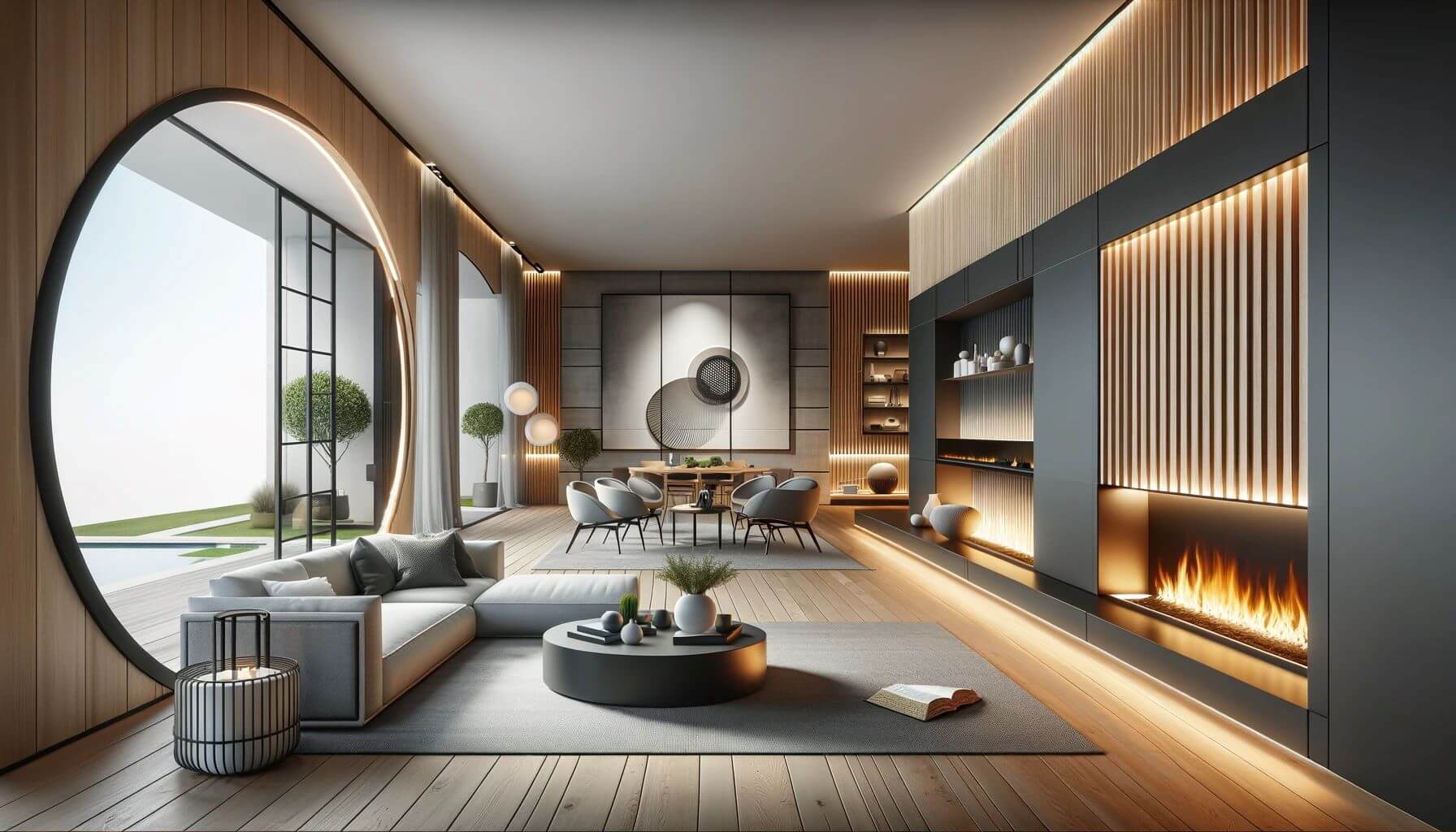
Masonry, a craft as ancient as civilization itself, has continually evolved to meet the changing needs and aesthetics of society. From the robust stone walls of ancient castles to the sleek veneers of modern skyscrapers, masonry has proven its durability and adaptability. This evolution reflects technological advancements and shifts in design preferences, making masonry an enduring choice in both structural integrity and visual appeal.
For architects, builders, and homeowners alike, keeping abreast of the latest masonry trends is crucial. It ensures that designs not only meet current standards of beauty and functionality but also embrace innovation. As we move into 2024, new masonry trends offer exciting opportunities to redefine spaces. Staying informed helps professionals deliver projects that are both contemporary and forward-thinking, while homeowners benefit by enhancing their property’s value and aesthetic through modern masonry solutions. Understanding these trends is key to making informed decisions that align with the latest in architectural design.
Warm and Neutral Color Palettes
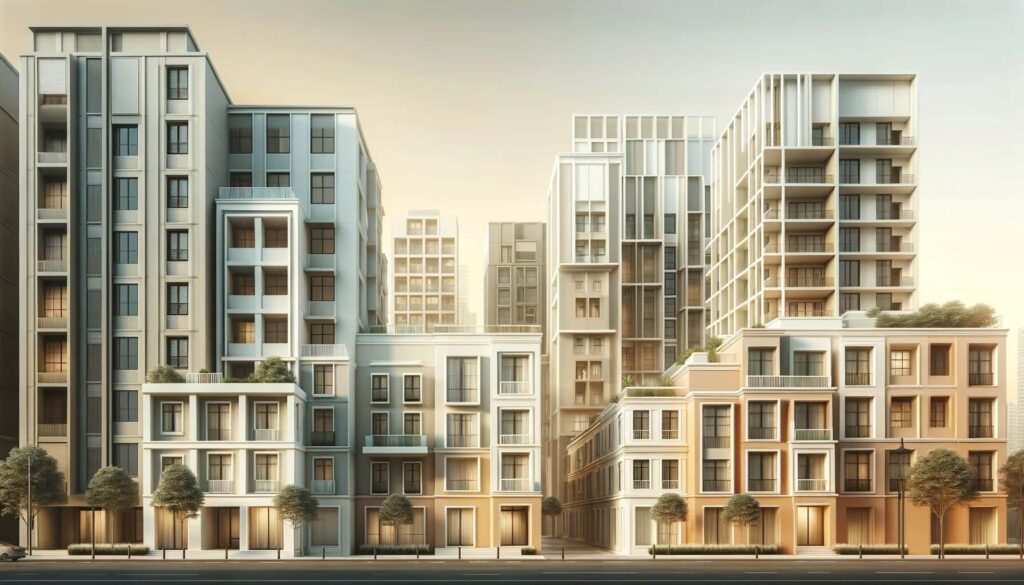
As 2024 unfolds, the appeal of warm and neutral color palettes in masonry is gaining momentum. These palettes encompass soft whites, creamy tones, and gentle grays, which are increasingly being chosen to create timeless aesthetics in both residential and commercial settings. This shift is more than just a trend; it reflects a broader desire for environments that feel grounding and calming. In residential projects, these colors enhance the welcoming nature of a home, promoting a serene living environment. Commercially, they offer a subtle elegance that can make business premises appear more inviting and professional. As architects and designers lean into these warm and neutral shades, they successfully balance contemporary design demands with classic appeal.
Eco-Friendly and Sustainable Materials
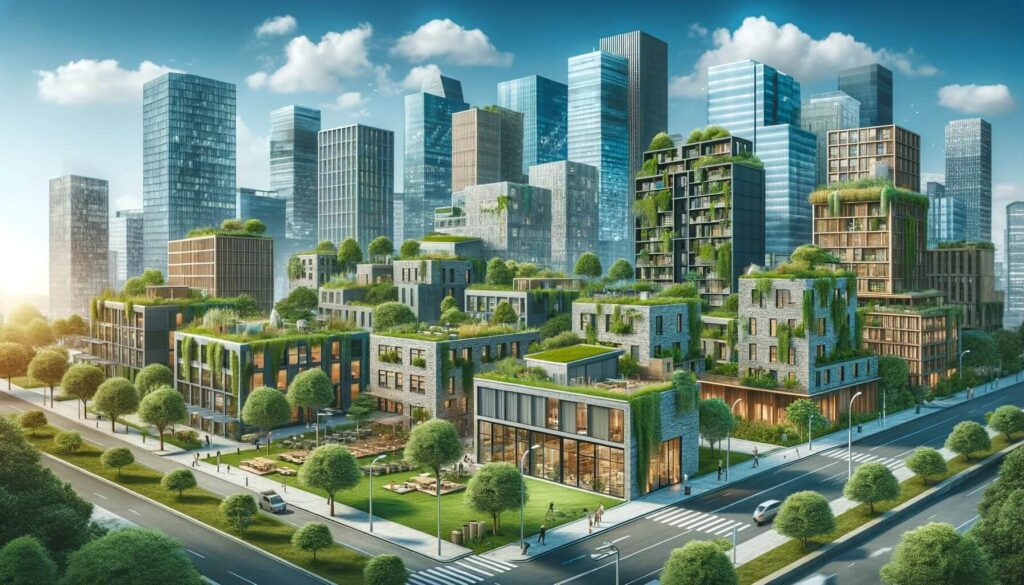
The masonry industry is also experiencing a strong pivot toward sustainability. Eco-friendly materials are now at the forefront of construction practices, driven by a collective push for environmental stewardship and energy efficiency. Sustainable masonry materials, such as recycled stone and bricks, low-emission mortars, and innovative, green manufacturing processes, are helping projects achieve green building certifications like LEED and BREEAM. These materials not only help reduce the environmental impact of construction projects but also improve the energy efficiency of buildings. As the sector continues to innovate, the use of these materials is becoming a cornerstone in modern masonry, aligning with global sustainability goals and consumer expectations.
Mid-Century Modern and Minimaluxe Designs

Mid-Century Modern design has remained a staple in the architectural world due to its emphasis on clean lines and functional form. Entering 2024, this style is being complemented by Minimaluxe, a concept that merges minimalism with luxurious elements. Minimaluxe focuses on simplicity and high-quality materials, creating spaces that are both understated and opulent. This trend is about stripping down to the essentials to highlight true craftsmanship and sophisticated materials. In masonry, this is reflected in streamlined stone work, precision in brick layout, and the integration of natural textures that convey a sense of luxury without opulence. This design philosophy not only caters to aesthetic demands but also supports a practical approach to modern living spaces.
Dimensional Stone Cuts and Innovative Textures
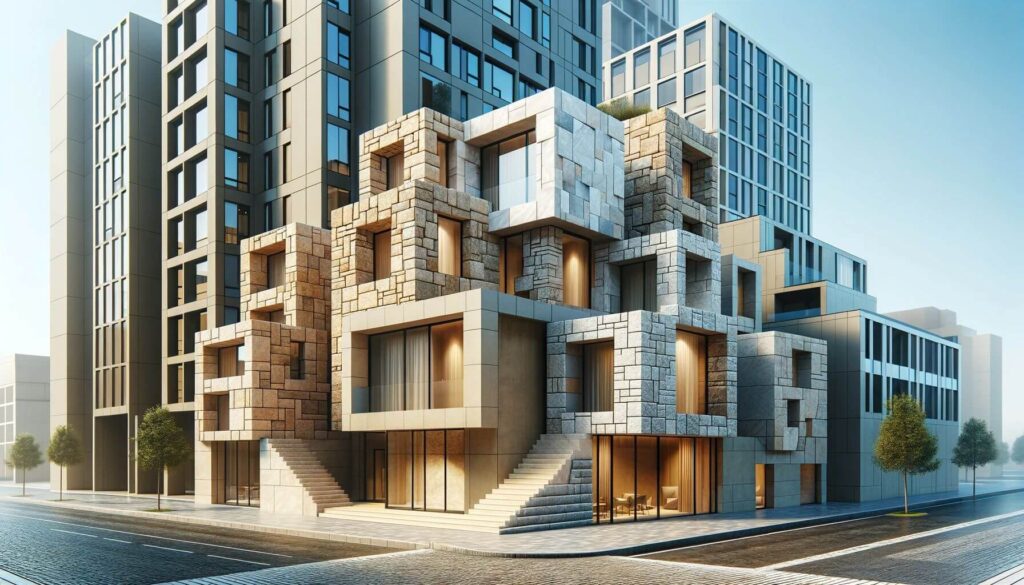
In 2024, the trend toward dimensional stone cuts and innovative textures in masonry is reshaping how spaces are designed and perceived. These techniques involve using stones cut into various shapes and sizes, which adds visual interest and depth to masonry work. Textural diversity can transform a flat surface into a tactile experience that invites touch and exploration. Artistic benefits include the ability to create unique patterns and focal points within a structure, while practical benefits extend to enhancing the building’s thermal and acoustic properties. These innovative approaches not only elevate the aesthetics of a structure but also its functionality, making buildings more adaptable to their environmental and climatic conditions.
Incorporation of Metals and Other Materials
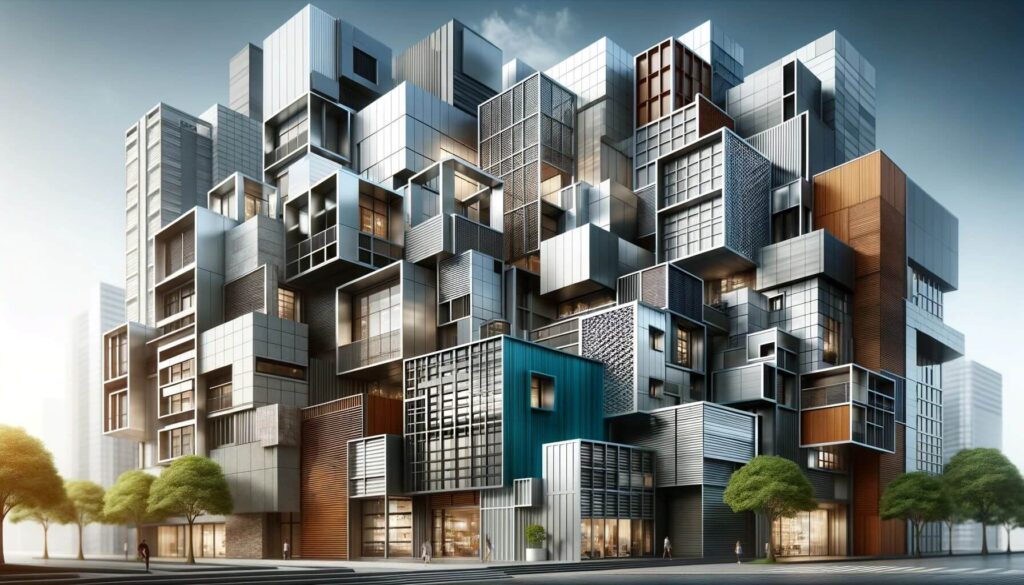
The integration of metals like aluminum, along with the use of wood and glass alongside traditional masonry materials such as brick and stone, is a defining trend of 2024. This blending of materials leads to the creation of dynamic facades that catch the eye and stimulate interest. Metals, with their reflective and modern appearance, offer a contrast to the earthy tones of bricks and stones, providing a contemporary edge to designs. The combination of different materials not only enhances the visual appeal of buildings but also contributes to structural innovations, allowing for new forms and greater design flexibility.
Biophilic Masonry Design Trends Elements

Biophilic design has surged in popularity, with an increased focus on integrating natural elements within architectural spaces. In masonry, this trend manifests through the incorporation of natural stone and living green walls, which help to bring the outdoors inside. Such elements are known to improve air quality, reduce stress, and enhance overall well-being. The tactile and visual connection to nature can transform an ordinary space into a tranquil sanctuary, promoting health and well-being for occupants. This approach aligns with a broader shift towards sustainable and wellness-oriented architecture, emphasizing a harmonious relationship between nature and the built environment.
Technological Innovations in Masonry Design Trends
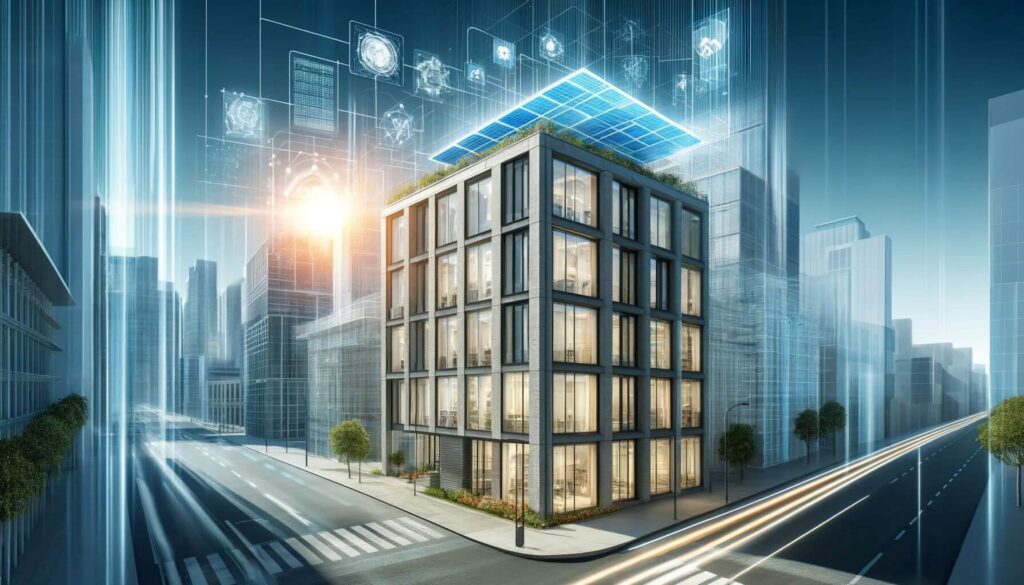
The realm of masonry is witnessing significant technological advancements that enhance both the energy efficiency and structural integrity of buildings. Smart masonry solutions, such as thermally insulated bricks and programmable cements, are becoming more prevalent. These materials react to environmental changes, such as temperature and moisture, to help maintain internal climate control, thereby reducing energy consumption. Additionally, new techniques in masonry construction, including robotic assembly and 3D printing of stone or brick elements, are improving precision and strength. These innovations not only advance the functional capabilities of masonry but also reduce construction time and costs, pushing the boundaries of traditional masonry practices.
Aesthetic Trends: Vintage, Rustic, and Geometric Patterns
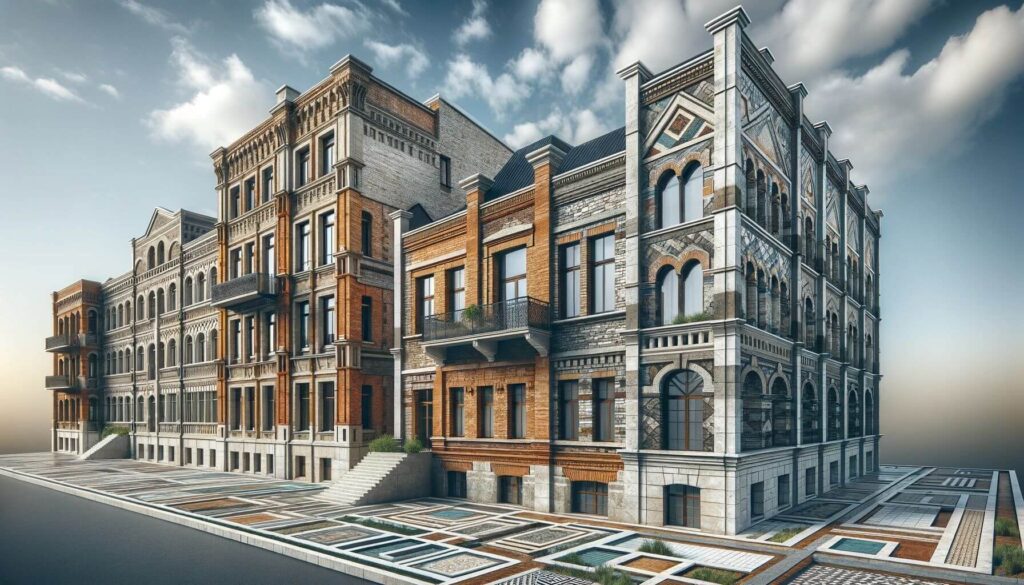
In 2024, the allure of vintage and rustic aesthetics continues to thrive within masonry design, bringing a sense of warmth and timelessness to modern structures. This trend is often expressed through the use of reclaimed bricks and natural stone, which provide an authentic patina and texture that new materials cannot replicate. Alongside these softer, more traditional looks, bold geometric patterns are making a strong statement. From intricate brickwork that creates optical illusions to striking stone layouts that serve as large-scale art pieces, these patterns contribute a modern flair that complements the building’s design. These aesthetic choices are pivotal in defining the character of a space, offering both historical nods and contemporary boldness.
Indoor-Outdoor Continuity
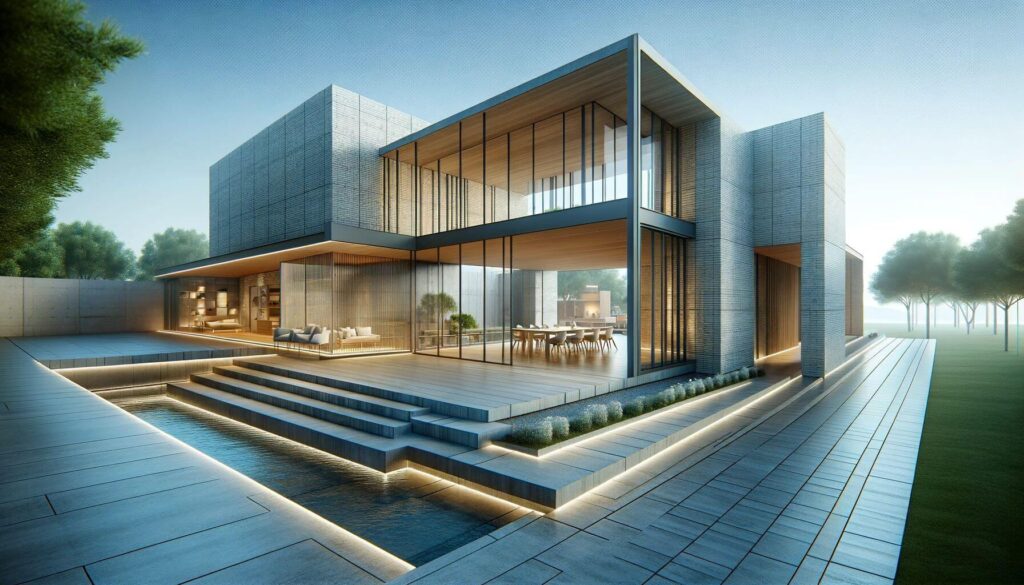
One of the most significant trends in modern architecture is the seamless transition between indoor and outdoor spaces. Masonry plays a crucial role in this design approach by using materials that can easily transition from exterior to interior, such as continuous stone flooring that extends from an indoor living area to an outdoor patio. This not only enhances the aesthetic flow but also expands living spaces, making them feel more expansive and integrated with the natural surroundings. Wall materials that mimic indoor finishes continue outside, and large masonry openings blend the boundaries, fostering a connection with the outdoors while increasing natural light and air flow within homes and commercial buildings.
Focus on Fireplace Design
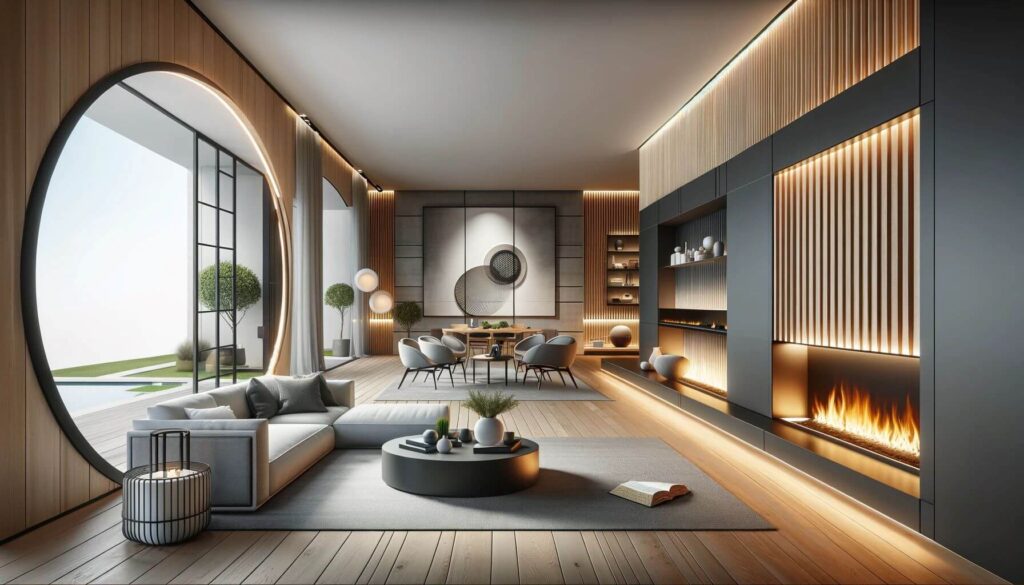
Fireplace design in 2024 emphasizes both functionality and aesthetic appeal, reflecting broader trends in interior and exterior architecture. The latest designs in fireplaces are not only central heating sources but also key architectural features within homes and commercial spaces. In indoor settings, the trend is towards sleek, minimalist fireplaces that blend seamlessly with modern decor. Materials such as smooth concrete, reflective glass, and cool metals are popular for creating a contemporary look that is both stylish and efficient.
For outdoor fireplaces, the focus is on robust, weather-resistant materials such as natural stone and brick, which integrate well with garden landscapes and outdoor living areas. Both indoor and outdoor designs are incorporating smart technology, allowing homeowners to control flame size, heat output, and even lighting with the touch of a smartphone.
This trend also sees a rise in eco-friendly options, such as ethanol and electric fireplaces, which offer cleaner alternatives to traditional wood-burning models. These greener choices appeal to environmentally conscious consumers looking to reduce their carbon footprint without sacrificing comfort or style.
Overall, the evolution of fireplace design in 2024 reflects a blend of tradition and innovation, providing warmth and a welcoming atmosphere while meeting modern design and environmental standards.
Innovative Masonry Design Trends in 2024
As we explore the masonry design trends of 2024, it’s clear that the field continues to evolve, blending tradition with innovation. This year’s trends highlight a shift towards sustainability, aesthetic versatility, and technological integration, reflecting broader societal changes towards environmental consciousness and digital advancements. From the warm and neutral color palettes that offer a sense of calm and sophistication to the smart masonry solutions that enhance building functionality, these trends are setting new standards in the construction and design industries.
As masonry continues to stand the test of time, the ongoing innovations and adaptations ensure that it remains a key player in the future of architectural design. By staying informed about these trends, professionals and enthusiasts alike can ensure that their projects not only look great but also align with the best practices of modern construction and design philosophy.



